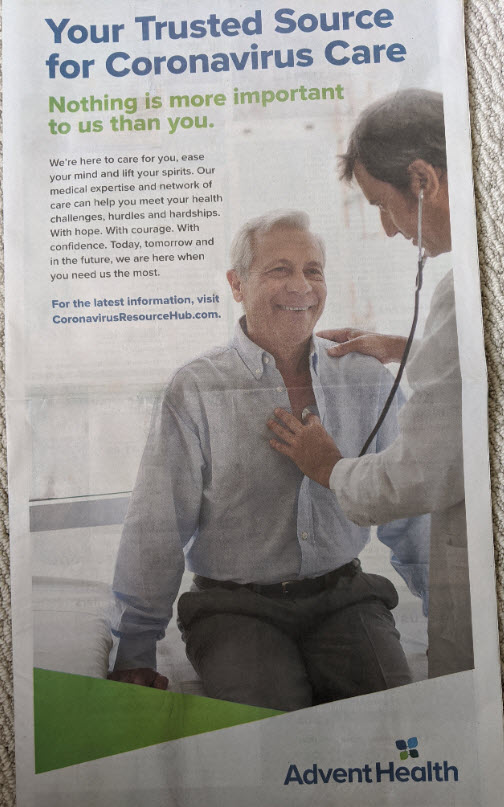Big Data for Life!
Big data is everywhere. The top three areas I’ve seen it taking hold are: education, healthcare and marketing. On the marketing side, IT budgets used to be the provenance of the LAN, WAN, hardware and software guys. Now that money is controlled by the marketing peeps. (What good are wires and iron, if you can’t do something smart with them?) As for education, we’re on the cusp of using data to better learn how to learn. Or teach, i.e., individualized lesson plans based upon a student’s learning style or where s/he is on the learning curve. Once we figure this out, thanks to data driven assessment and some smart pedagogy, we’re on our way.
But nowhere is big data to be more impactful than it will be in healthcare. EHRs (electronic health records) also known as ISIL, I mean, EMRs (electronic medical records), are the next big platform battle. As is the case in free enterprise societies, new technologies often develop sloppily. That is, without a clear cut winner to start, the market is like a burlap bag full of cats. In my area of NY, there are 30 electronic health records companies serving physicians, hospitals and labs – very few of which speak to one another. It’s messy. And with the Affordable Care Act facilitating the need for EHRs, the battle is only now starting to occur in earnest.
Data done well will turn all doctors into good doctors. (Question: Do you know what they call a physician with a C average who graduates med school? Answer: Doctor.) Big data in healthcare has the ability to make healthcare in America the envy of other nations. Right now it is not. These are exciting times and when the politics wear off, we’ll start to really see some wonderful outcomes. Great docs and great data will make for great patients. And that’s a home run. Peace.





